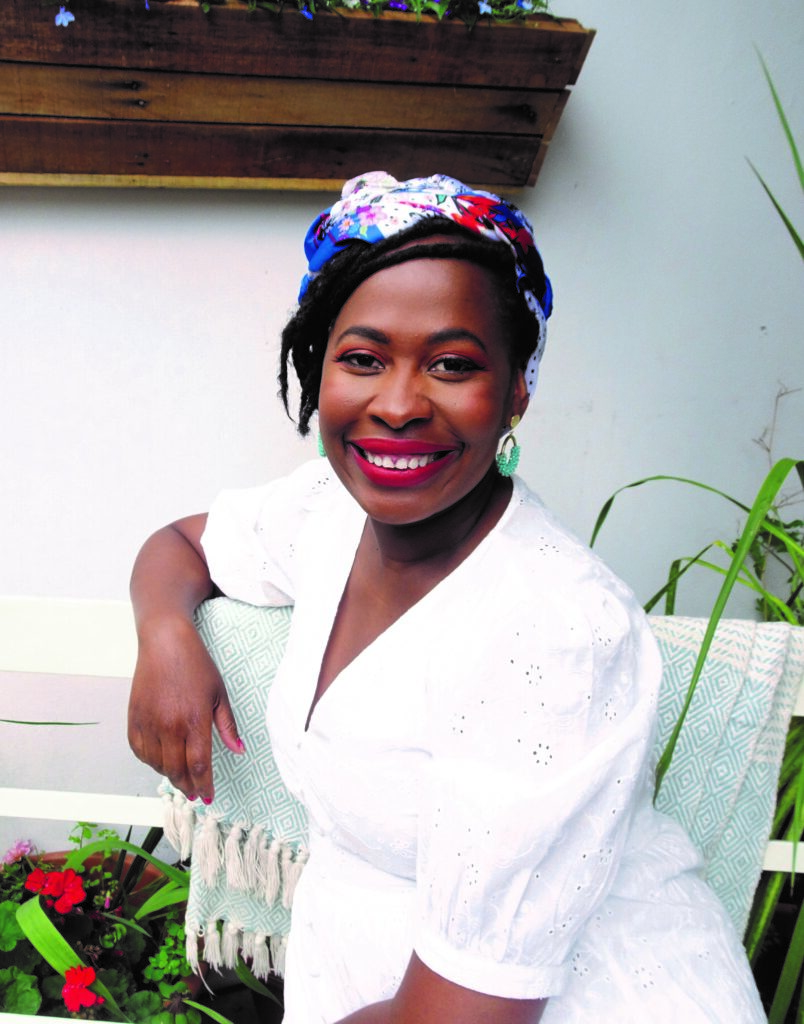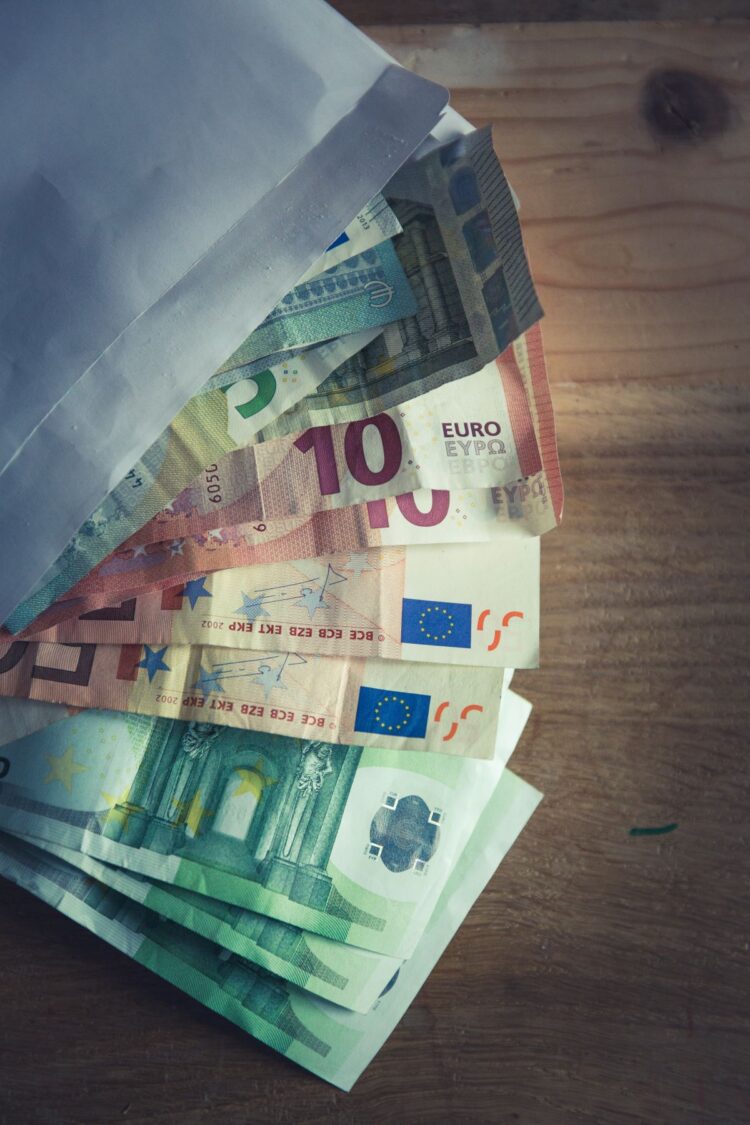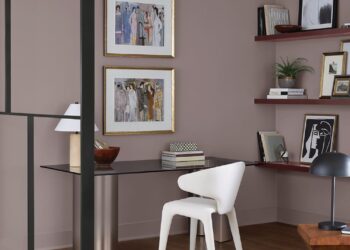In our new series Voices of Irish Country Magazine, we’re sharing some of the most popular columns found inside each issue of the magazine – past and present. This piece, by our budgeting expert Santis O’Garro, was adapted from the Sept/Oct 2022 edition. Keep an eye on our website over the coming weeks for more excerpts from our brilliant writers
My long time readers will know that two years ago, cash envelopes were one of the tools I used to pay off my debts and keep me on budget. With the cost of living on the rise, I think this method could be one that helps people with day-to-day spending and saving now more than ever.
What are cash envelopes?
A cash envelope system is where you predominantly budget using cash. This is an old-school tool that is coming back into fashion as people increasingly realise the importance of being in touch with their money.
You can mix it up and only partly budget with cash, or you could do an entire cash budget. I like to mix and match. I have a bank account that I only use for my bills, I keep my sinking funds in another account, and then my day-to-day budget is done with cash envelopes.
When you get paid and create a budget, you can decide which outgoing you would like to be in cash. I explain below why it is probably best to only do this for short-term and daily expenses, such as the food shop and petrol.
The envelopes allow us to clearly see how much we’re spending in each area. They also allow us to check in and register how we feel when we spend money. So often, when we use our cards or spend money digitally, we remove the connection that we have with our money and it can almost seem that it’s not real. As a result, it’s much easier to indulge in impulse shopping.
When I was paying off my debts, the difference that cash envelopes made to me was immense. I was more inclined to stay on budget because if I went into a supermarket with only €50 in my envelope for my food shop that week, there was no way I was going to divert from my shopping list. I couldn’t randomly pick up something, because I knew I physically did not have the money for that.
Who would cash envelopes benefit?
This method benefits everybody, especially if you’re new to budgeting and just starting out as it helps identify problem areas in your spending. Cash envelopes can be a great aid if you’re unhappy with your spending habits.
It also benefits people likely to spend money online or be tempted to click links when scrolling on social media. You can’t impulse buy online if you have put aside cash for purchases such as new toys or clothing. Instead of spending as soon as you see something, it grants you time to sit back and think about whether or not you need this product, or if you are just triggered to buy it.

How should you start your cash envelope journey?
Start as simple as possible and work upwards as you get used to this method.
- Instead of setting money aside or leaving it in the bank, you take it out and place it in a plain envelope with the name of the expense on it.
- Pick one expense that you find tough to stay on budget with. For me, the first envelope I created was my ‘Food Shop’ envelope.
- Budget how much cash you’ll need per week or per month and add your money each time you get paid.
- If you’re on a weekly schedule – top up the envelope and bring it to the weekly shop. If it’s €50 and you spend €45, leave the €5 in the envelope.
- At the end of the week, review all your envelopes (you can have as many as you like, some for savings, some for future expenses, for example, higher winter fuel bills or a school tour at mid-term). Take the €5 saved on food and put it in your savings or sinking fund.
- You can then review your amount for next week – reduce it to €45, and take the extra into another area, or continue at €50 with savings being gradually built up each week.
What happens if you don’t want to keep cash at home?
This is a question I always get. It isn’t wise to keep a large amount of money in your house. One of the main things with cash envelopes is that you’re not meant to keep them as a long-term savings method. Cash envelopes are for short-term savings, with expense categories where you regularly spend or know that the money will be spent soon.
When I do get to a certain amount of money, I lodge it into my savings accounts, like An Post or Revolut, where you can have pots and vaults. So, for every cash envelope, I have a mirror savings account to transfer into when I feel it’s too much cash to have at home. These become digital versions of the cash envelope method.
Benefits of using the cash envelope methods?
- It creates awareness around your spending habits
- It keeps you within your budget
- It’s an easy way to track day-to-day spending
- It holds you accountable
One added benefit…
This is one that I don’t think I’ve ever mentioned before: It can give you the freedom to spend money on the areas of importance to you. For example, when I started budgeting, it was tough for me to spend money on fun things because I associated my spending habits with getting into debt. But as time went on, I realised that I could create cash envelopes for fun things. I called these ‘Self Care’ and ‘Children’s Fun’ so that no matter what the children or I wanted to do, we could spend with zero guilt around it. Once the money is in the envelope, it’s my choice and it’s the children’s choice.
Don’t miss Santis’ latest column in the current edition of Irish Country Magazine where she seeks out the best value deals in our biggest supermarkets – saving you money as you shop








